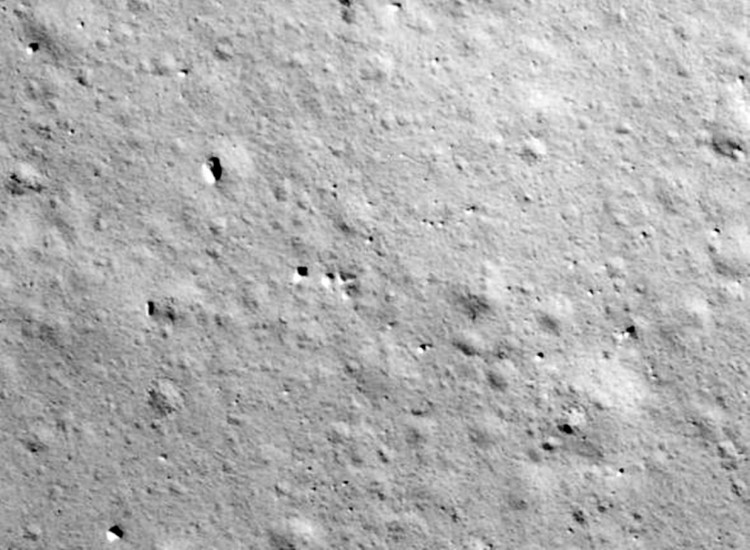NASA is finally tapping samples from Apollo 17 astronauts nearly 50 years after they retrieved rocks from the lunar surface as it prepares for new moon missions.
The agency realized that as science progressed in the future decades, new techniques for studying rocks would become accessible that scientists in the 1970s did not have access to.
NASA placed aside the Apollo 17 moon rock samples in order to preserve the valuable samples taken in the Taurus-Littrow Valley within Mare Serenitatis in 1972 by astronauts Eugene Cernan and Harrison Schmitt (also a geologist).
With NASA's Artemis program aiming to send astronauts to the moon in 2025 (the date could be pushed out to at least 2026), officials decided now would be a good time to examine a sample from Apollo 17, the last human journey to the moon.
"The agency knew science and technology would evolve and allow scientists to study the material in new ways to address new questions in the future," Lori Glaze, NASA's director of the planetary science division, said in an agency statement.
At NASA's Johnson Space Center in Houston, scientists unsealed the sample, named the Apollo Next Generation Sample Analysis Program (ANGSA) 73001. The team is using advanced research instruments to better study the lunar surface in preparation for the planned Artemis missions near the moon's south pole.
Cernan and Schmitt took the sample as part of a "drive tube," in which they pounded a pair of connected 14-inch (35-cm) tubes into the surface, one atop the other, to gather rocks and soils from a landslide.
One of the tubes (the bottom half) was sealed on the moon before returning to Earth; according to NASA, only one other sample has ever been gathered under these conditions, making the collecting technique practically unique. The other tube (the top half) was returned in an opened and normal condition.
This sealed tube, which is currently being opened, was placed in an "outer vacuum tube" and then kept at Johnson in an atmosphere-controlled environment for half a century. (The remaining half of the segment, which opened in 2019, shows "rocklets" or grains and tiny items of interest to lunar geologists.)
Because the sealed part of the core was on the lowest segment, the temperature when it was collected was quite cold. Scientists in the 1970s had no idea that volatiles (or chemicals that evaporate at ambient temperature, such as water) were present on the surface at such low temperatures. Scientists will search for these volatiles now that they know what to look for.
The effort, which was proposed a decade ago by Chip Shearer of the University of Mexico, is being overseen by NASA's Ryan Zeigler, Apollo sample curator.
"A lot of people are getting excited," Zeigler said.



